‘Bare-chested men at the beach, never!’
Check out these nostalgic photos and tales of beach-loving locals and visitors through the decades.
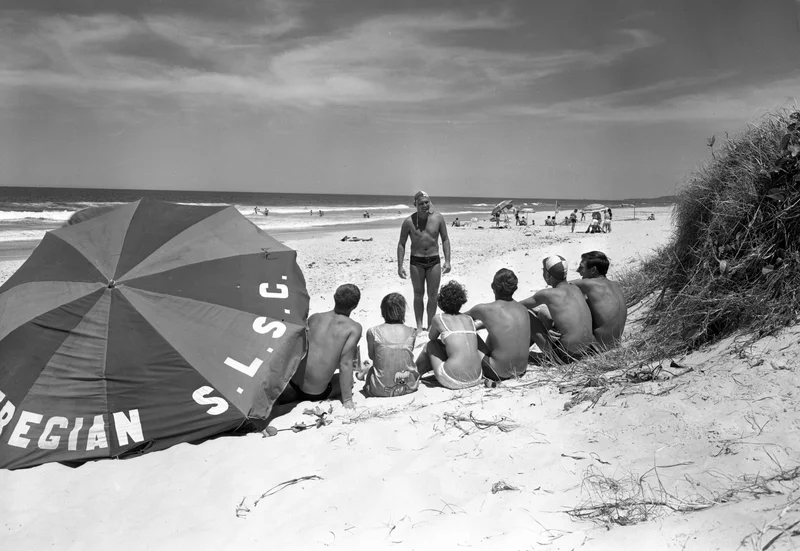
If you were heading to the beach in the Landsborough Shire Council area a century ago, you would have needed to follow a strict standard of dress to be granted access.
Council bylaws stipulated swimming costumes for men and women should consist of a one-piece garment covering the wearer from shoulders to just above the knee.
Popular Landsborough Shire (Caloundra) beaches included Kings, Bulcock (Happy Valley) and Dicky Beach.
Further north, Mooloolaba, Alexandra Headland, Maroochydore (Cotton Tree) and Coolum were the go-to places to cool off.
Beachwear has evolved during the last 100 years and with the return of summer, let’s sift through the sands of time and dive into some fun facts and photos from our beach-loving past.
The wonderful history is courtesy of Sunshine Coast Council’s Libraries.
It includes battles over bare-chested men and an exclamation from one councillor that “the sooner we get back to the stage when we have nothing on, the vexed question of dress will disappear’’.
Feature photo from the 1960s.
Pre-1920s: The modesty era
In the late 1800s, swimwear was very modest. Women and men wore garments that covered them from head to toe.
Some garments for women had weights sewn into the hem to stop them from floating up in the water.
Swimwear dresses were often made of wool or flannel and could be dangerous to swim in.
1920s: The roaring (yet sun conscious) 20s
100 years ago, although the catchy saying of “slip, slop, slap, seek, slide” hadn’t been coined, the notion was still known to many.
A column written in 1924 recommended that those embarking on a “bathing holiday” should remember to pack a broad brimmed hat, wear long sleeves and bring an umbrella for shade.
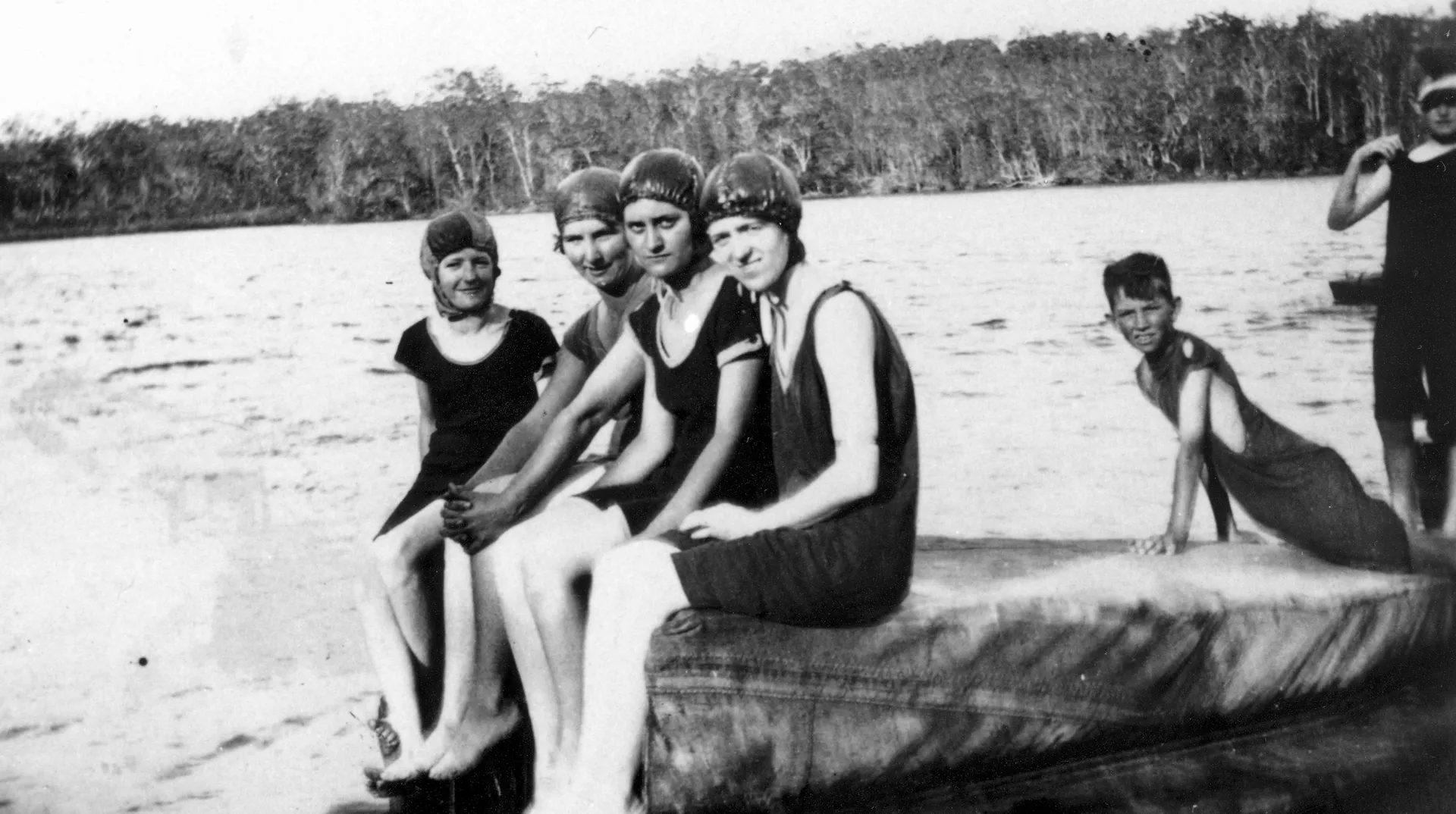
Photo from 1921
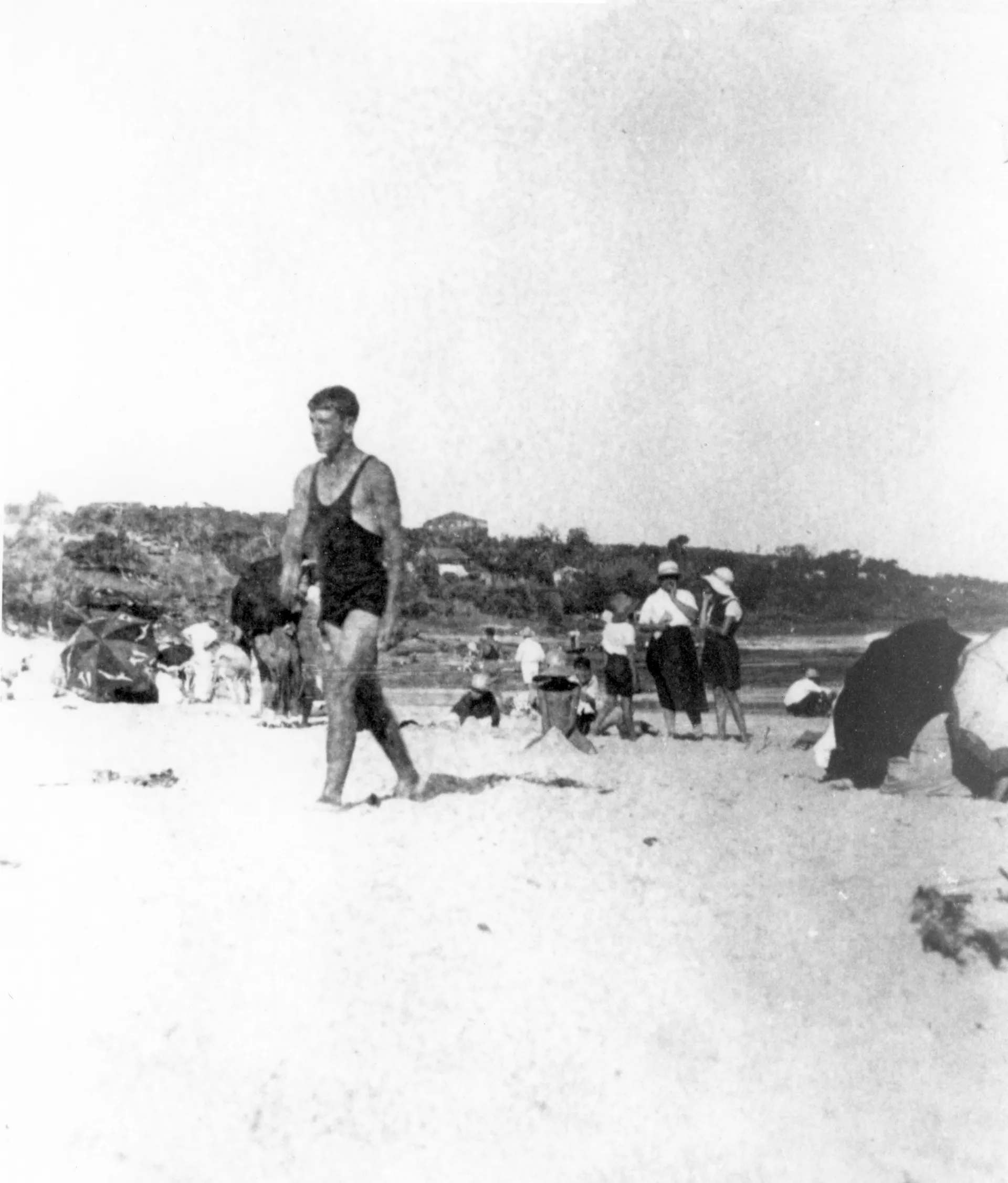
Photo from 1922
1930s: The bare-chested debate
In the 1930s, the issue of men’s beachwear was heavily discussed within Council meetings.
Many councillors had differing views about whether men should be allowed to be bare-chested on the beach.
The fear for many was that allowing this behaviour would lead to a lower standard of dress within the rest of the community.
In the 1930s the length of costumes shortened for men and women and consisted of a two-piece garment.
One such meeting resulted in the following exchange:
Councillor Fleming: Whilst Cr. Tytherleigh might like to appear in trunks at Caloundra, I have no desire to wear them.
Councillor Tytherleigh: Neither have I, but there are a lot who will.
Councillor W. Burgess: The sooner we get back to the stage when we have nothing on, the vexed question of dress will disappear.
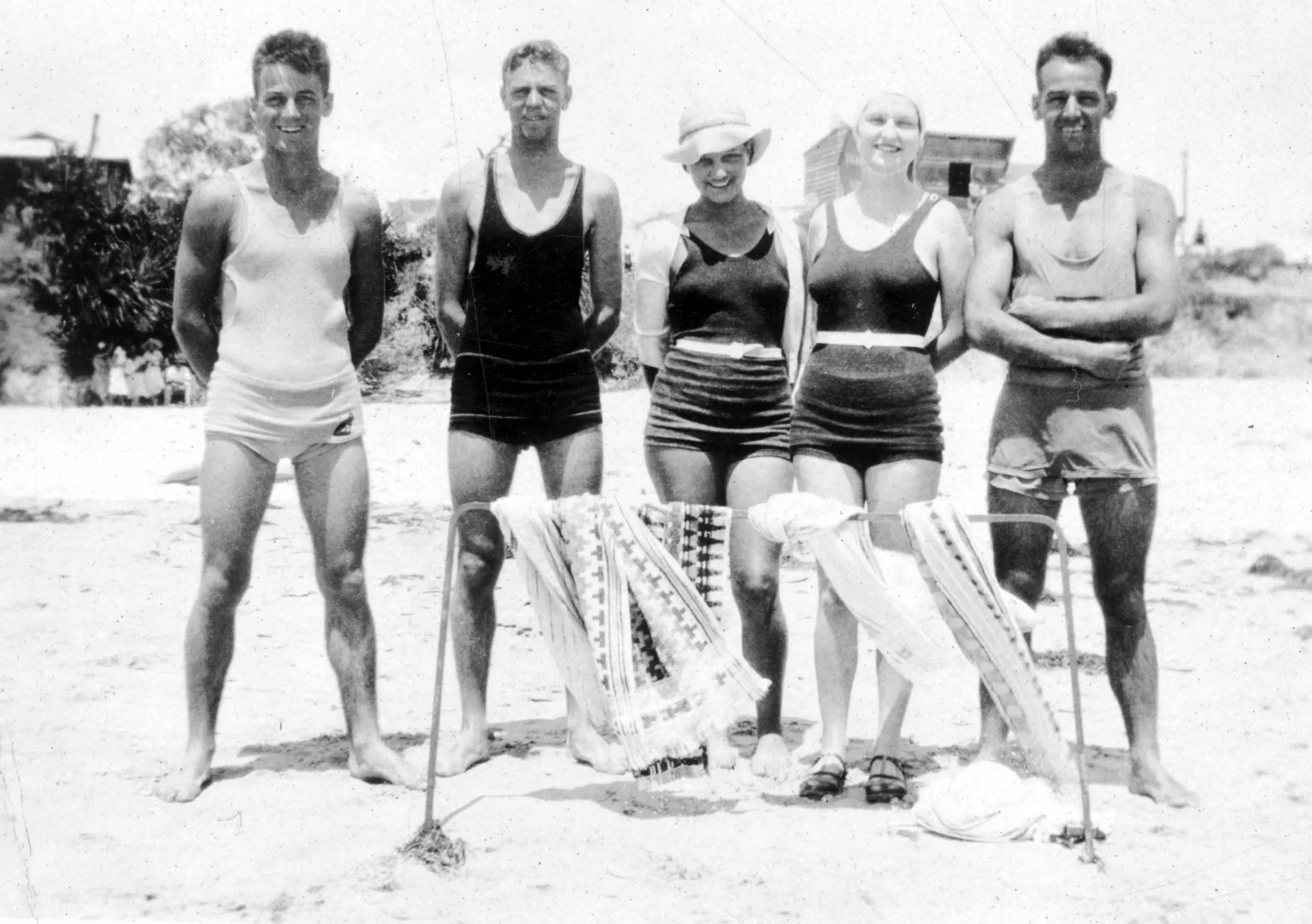
Photo from 1932
1940s – 1960s: The rise of the two-piece
During the 1940s, two-piece swimming costumes rose in popularity, with flowing bathing tops providing comfortable yet chic options for swimming.
By the 1950s, many women were wearing high waisted bottoms and bikini tops similar to those worn today.
Many different patterns became available for wearing out at the beach. Men often wore shorts similar to modern board shorts.
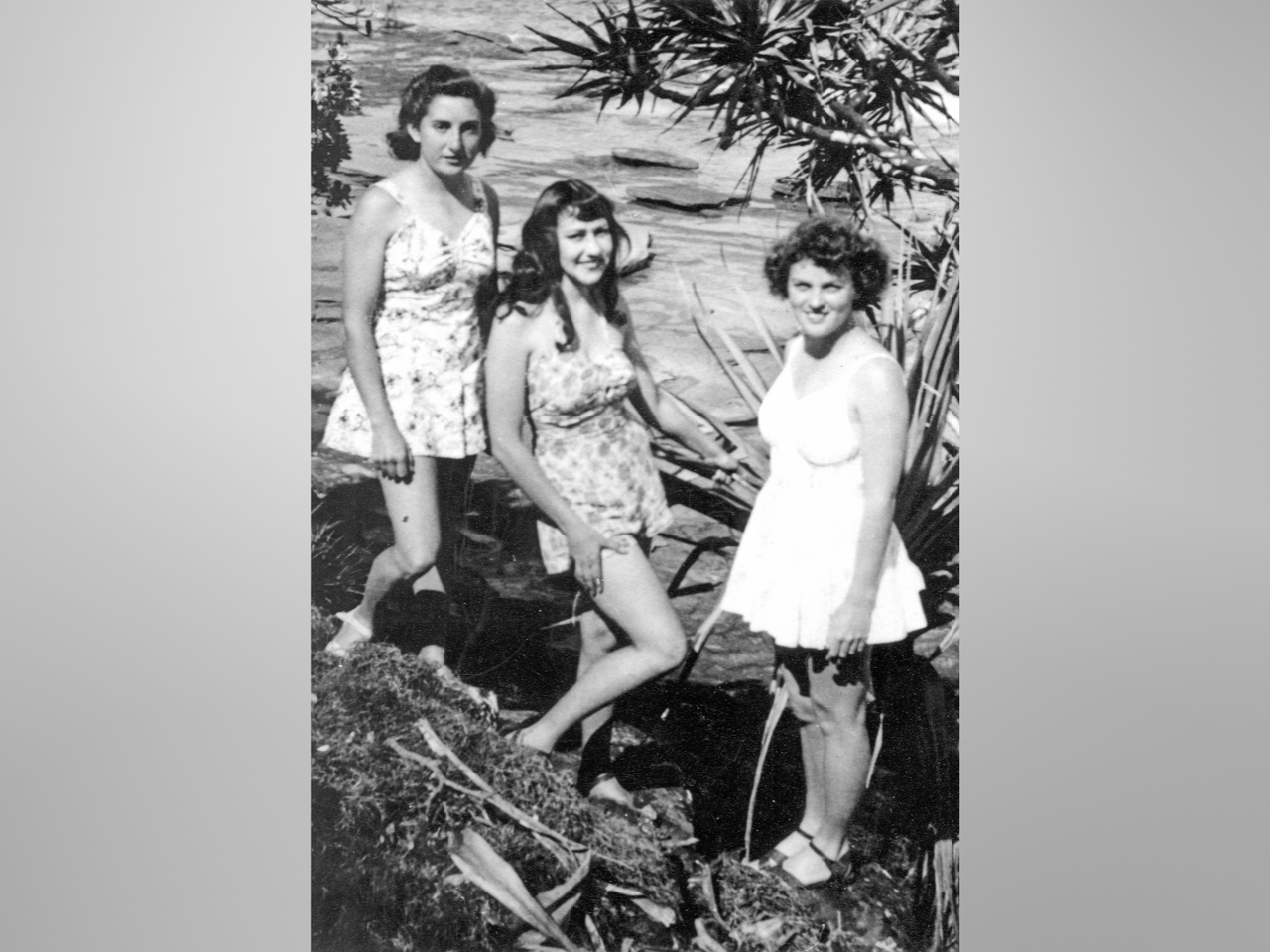
Photo from 1945
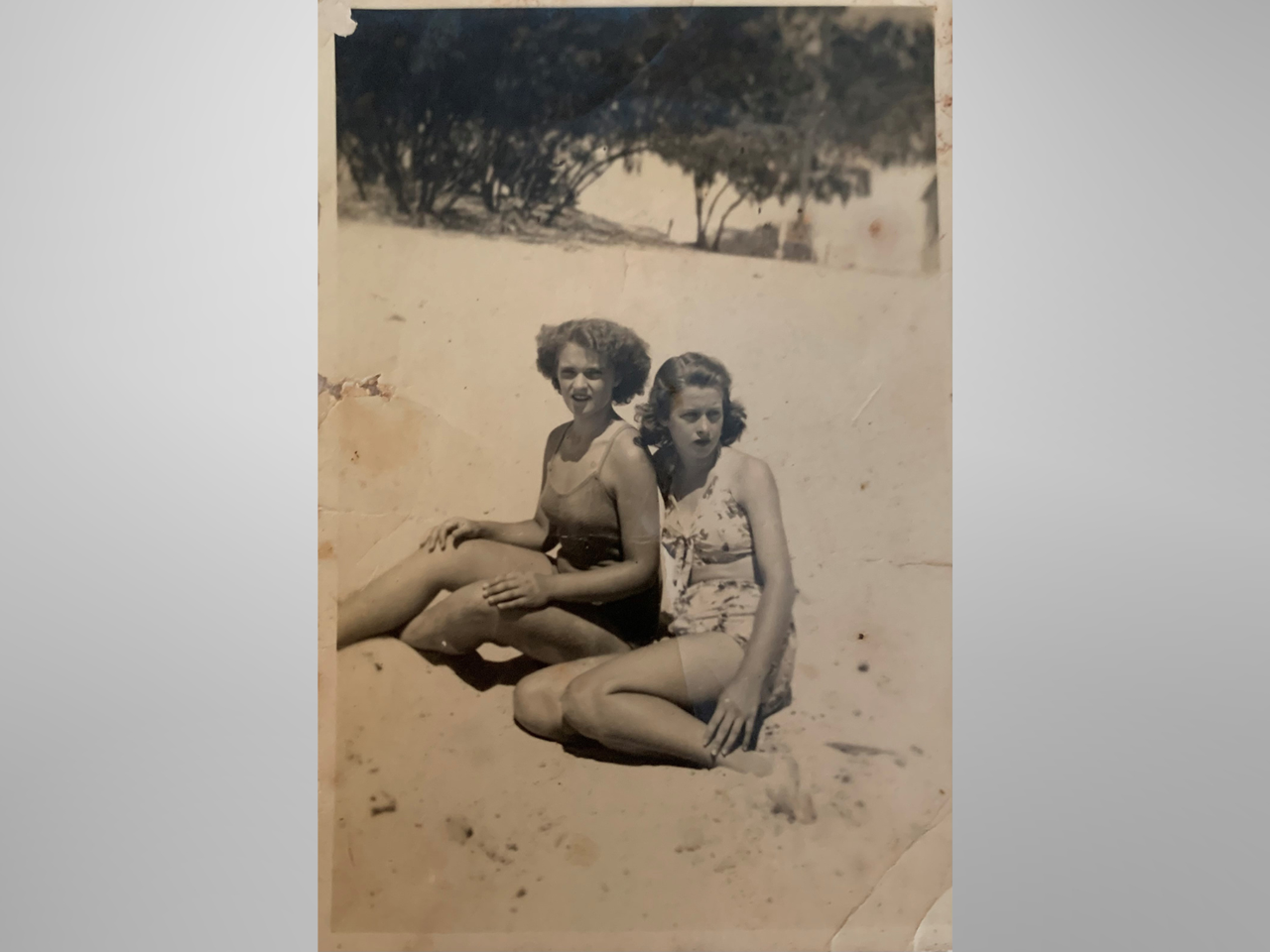
Photo of Joyce Killip nee Bennett with cousin Joan Burne at Maroochydore Beach in the 1940s
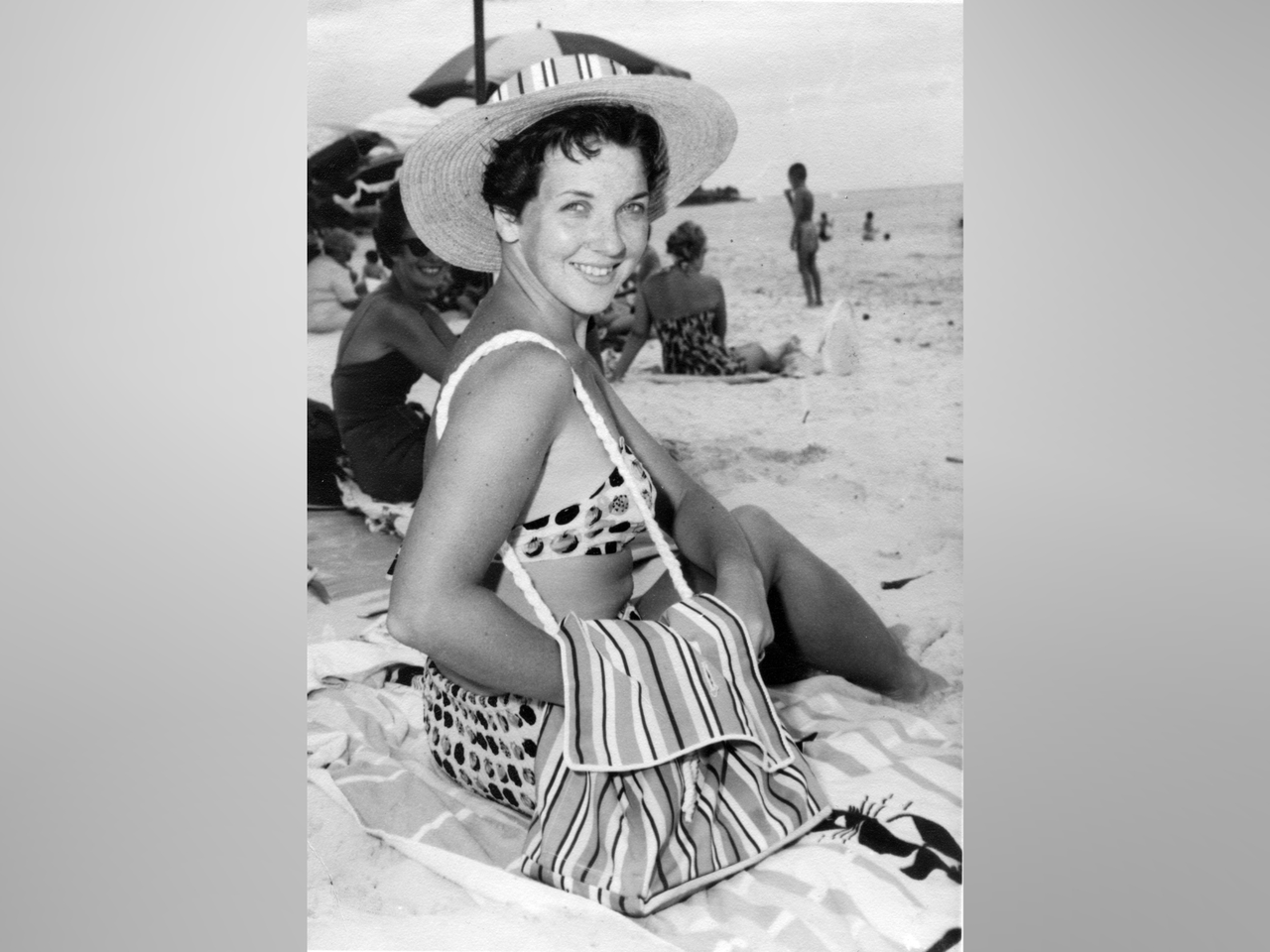
Photo from the 1950s
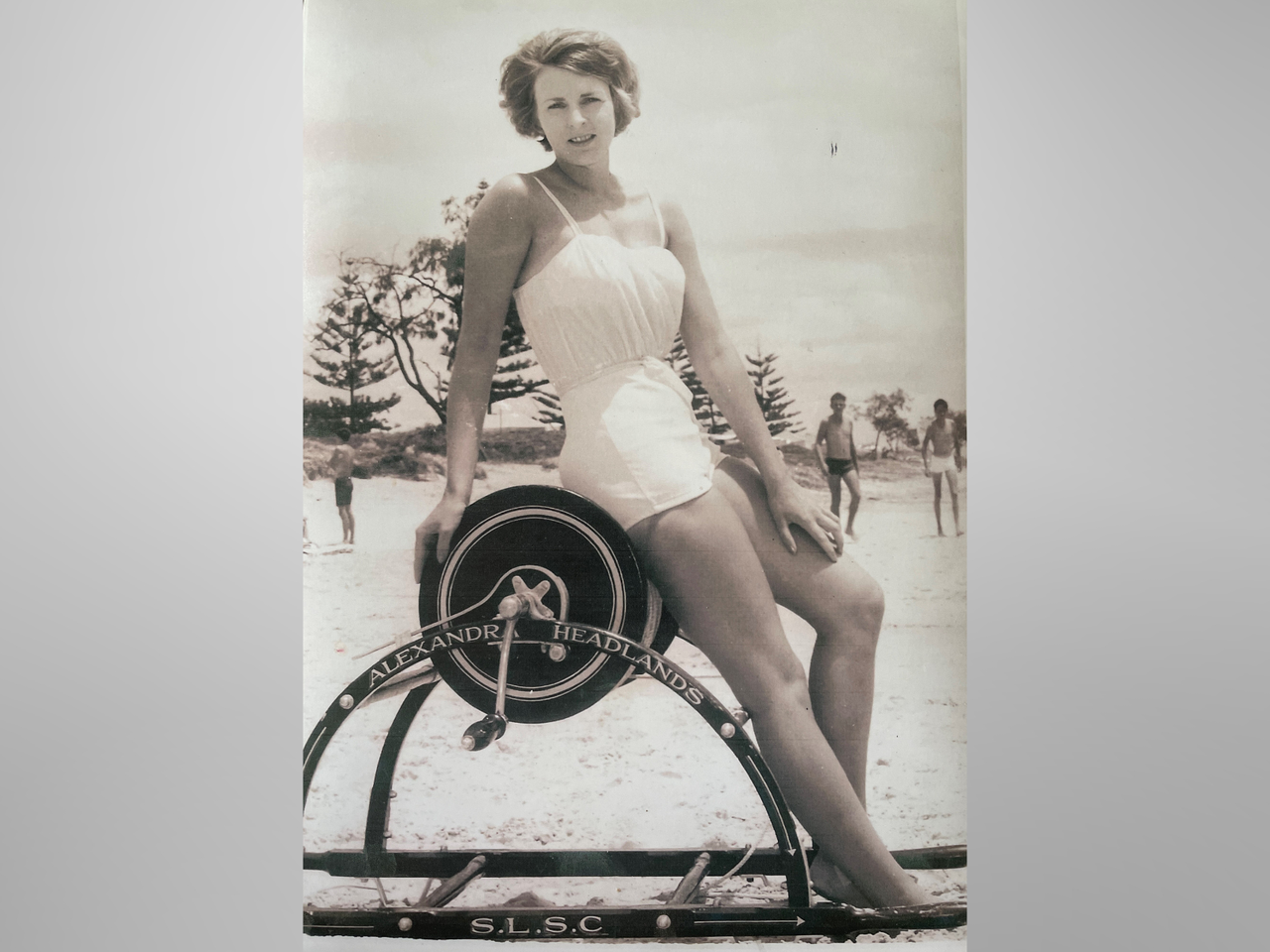
Photo of Jennifer Morgan (nee Crouch) of Strathpine visiting Alexandra Headland in the 1960s
1970s: Resort wear makes a splash
In the 1970s, styles of swimwear grew shorter, with men wearing shorter board shorts and speedos, and women wearing what is now known as bikini bottoms.
Jill McDonald opened her shop in Mooloolaba in 1968, and by the early 70s was known across the Coast for her fashionable designs.
Some even say she sold the first bikinis on the Sunshine Coast. She also helped popularise ‘resort-wear’, consisting of robes and dresses in matching fabrics that was designed to take the wearer from the beach and out to lunch or dinner.
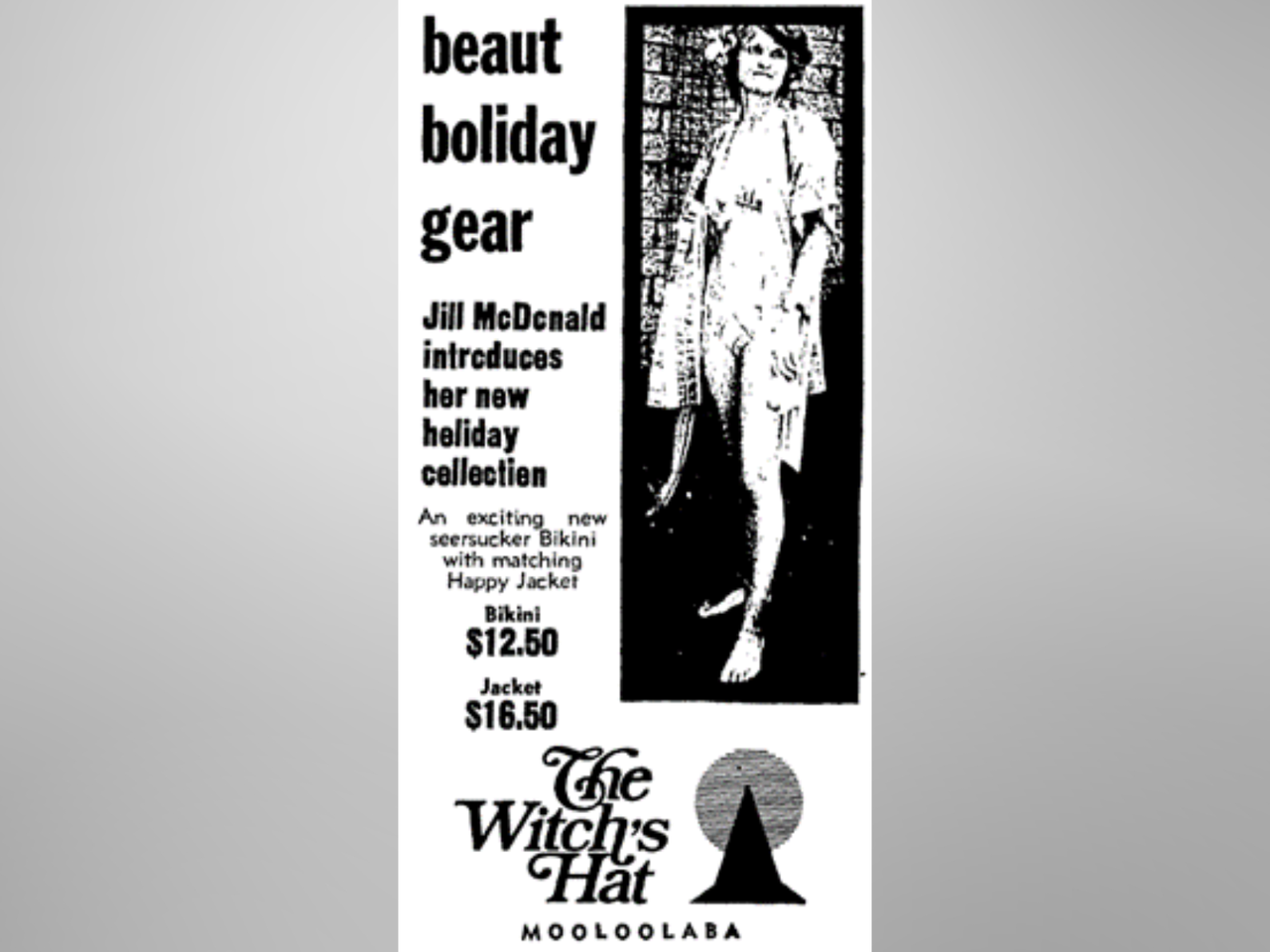
An advert for The Witch's Hat in Mooloolaba
To explore more Sunshine Coast history or to find out how you can donate to the Heritage Library visit Sunshine Coast Council’s Libraries website.